The 200th anniversary of the Ljubljana Congress
Ljubljana is located at the crossroads of historical paths connecting all parts of Europe, making it a meeting point for people from all over. Its location between Vienna and Venice allowed it to develop a unique cultural blend while remaining authentically intimate. It's not surprising that Ljubljana was chosen to host an international congress in 1821. And what a congress it was!
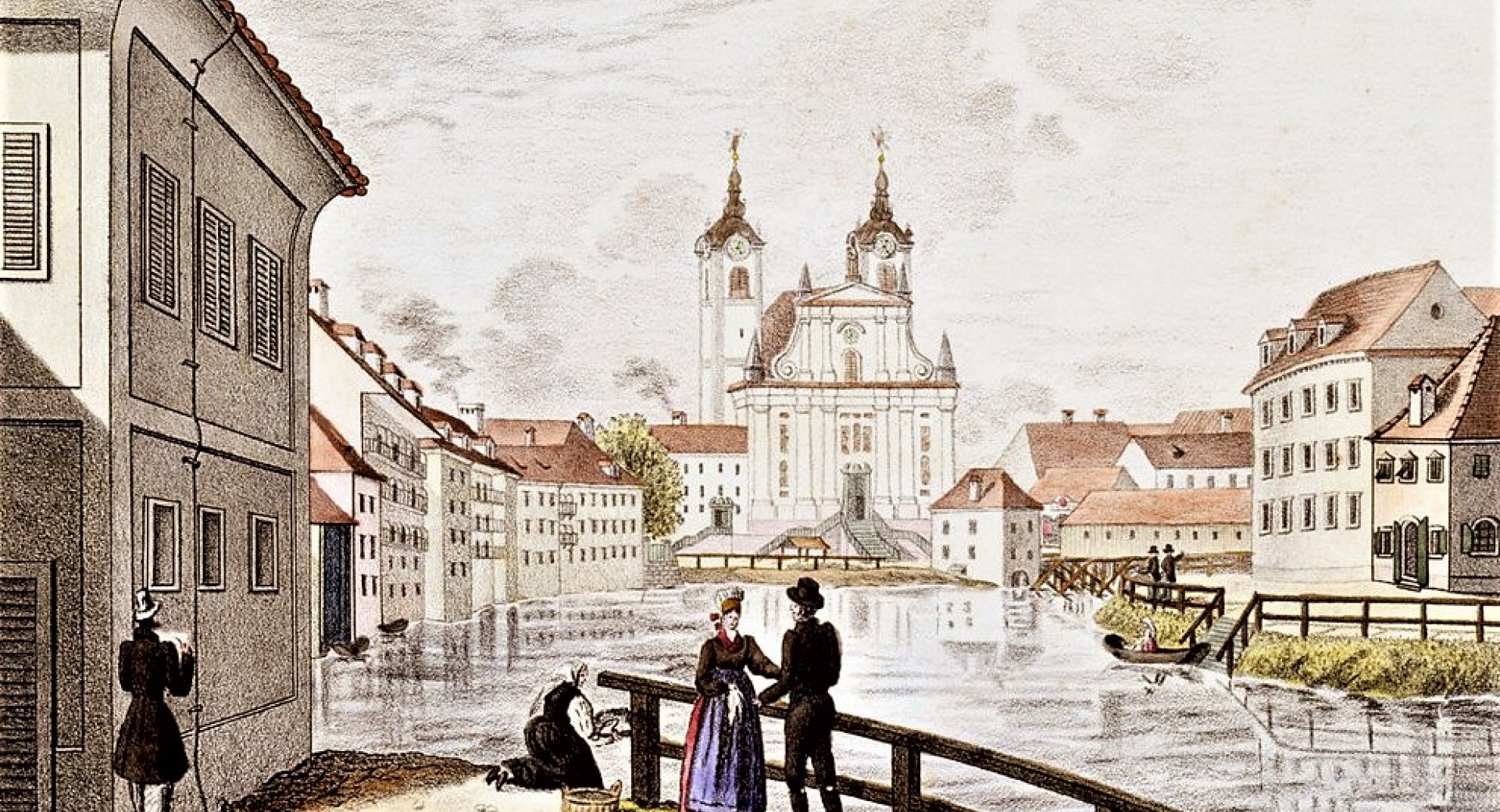
The historical context
In 1821, the political landscape in Europe was still heavily shaped by the aftermath of the Napoleonic Wars. The Ljubljana Congress of 1821 was the second of three congresses of the Holy Alliance, a political and military alliance initiated by the Russian Emperor Alexander I, along with Austria and Prussia. Later, almost all European great powers joined them, primarily with the aim of suppressing emerging national and revolutionary movements that were uniting across the European continent. To quell uprisings or liberal movements, the members convened at meetings and sent armies to quash disobedient insurgents.
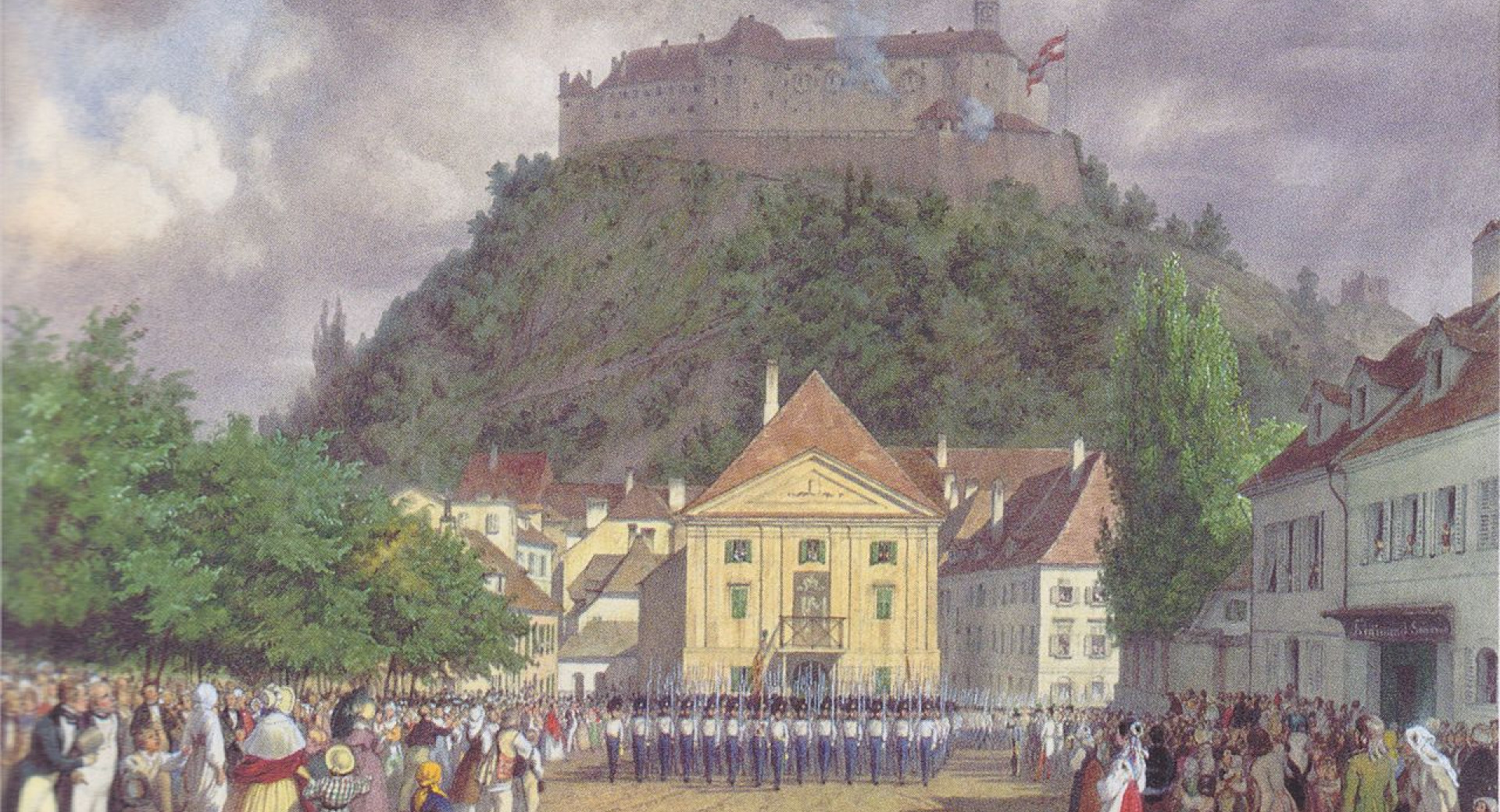
The parade during the Congress of Ljubljana, 1821.
The occasion for the meeting of the Holy Alliance was the constitutional revolution in the Kingdom of Naples in June 1820. The absolutist leaders of the European powers of Russia, Austria, and Prussia decided to take strict action against the rebels. They offered assistance to the Neapolitan King Ferdinand and, after a month and a half of negotiations, authorized the Austrian army to quell the revolutionaries. The Alliance succeeded, as the Neapolitan revolutionaries were quickly defeated. With this, the first part of the congress ended, and the second part addressed the new revolution in Piedmont (and also militarily suppressed it) and in Moldavia and Wallachia against Ottoman rule (which was only ideologically condemned). The public was informed about the political events through regular publications in the newspaper Laibacher Zeitung.
The goal of the Holy Alliance in Ljubljana was achieved with the suppression of the uprisings, and the absolutist rule of the rulers was maintained. At the ceremonial session on May 12, 1821, Austria, Russia, and Prussia adopted the final declaration. France and the United Kingdom did not participate in drafting and signing the declaration. In the long term, the ideas of the alliance were politically misguided because they did not take into account the real situation in Europe at the time, especially the beginnings of the awakening of nations, which rebelled in the so-called Springtime of Nations in 1848.
Distinguished guests from across Europe
The Congress of the Holy Alliance took place in Ljubljana from January 10 to May 22, 1821, and was attended by almost all the political leaders of post-Napoleonic Europe, including Russian Tsar Alexander I and Russian Prime Minister and Foreign Secretary Kapodistrias, Austrian Emperor Francis I, Neapolitan King Ferdinand IV, and Modena ruler Francis IV. Modena, along with about 500 ministers and representatives from France, Great Britain, Prussia, and various Italian states. The ideological leader and coordinator of the congress was the Austrian chancellor, Prince Metternich.
In Ljubljana, which had about 20,000 inhabitants at the time, almost 300 soldiers patrolled constantly in the city center alone. There were also 630 business representatives and merchants from all over Europe and even from Brazil. Ljubljana also attracted visitors interested in the event itself - the capital of the Duchy of Carniola thus turned into a veritable tourist center in four months.
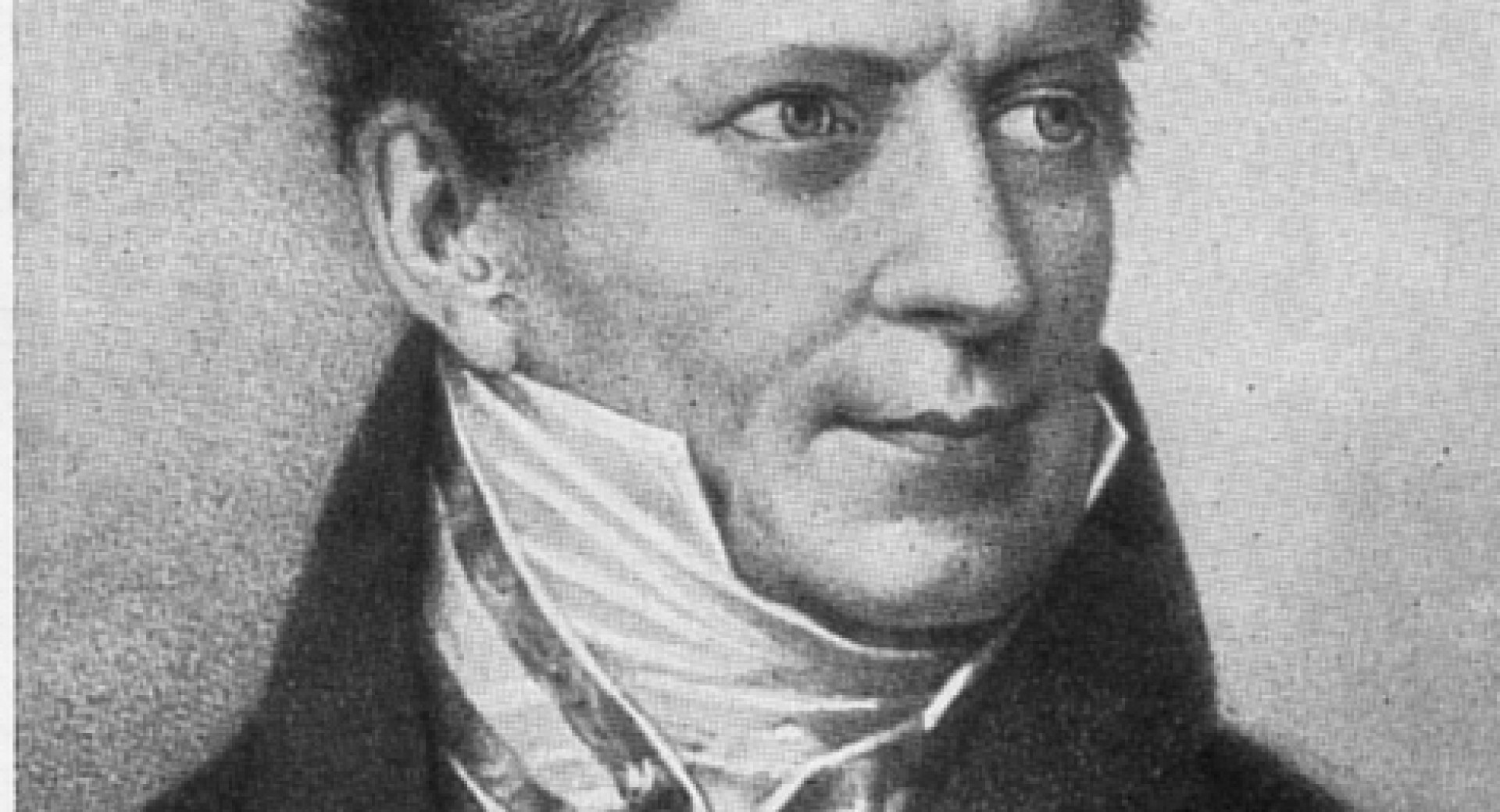
Friedrich Gentz, Metternich's chief secretary, who called Ljubljana the "bright spot of Europe." Photo: Outsider
Ljubljana as a Host: From a Small Town to the Center of Europe
Upon the arrival of the emperors, Ljubljana left nothing to chance. In addition to distinguished political representatives, it also hosted numerous domestic and foreign dignitaries, followed by all those who expected various benefits. The city tightened security control, and numerous renovation works began. Paving of squares and streets, leveling of the Capuchin Square (now Congress Square) for processions, sewerage arrangements, lighting installations, renovation of theaters, dance halls, and expansion of postal facilities were tasks completed even before the start of the congress. Political guests were also generous tourists and participants in numerous social events.
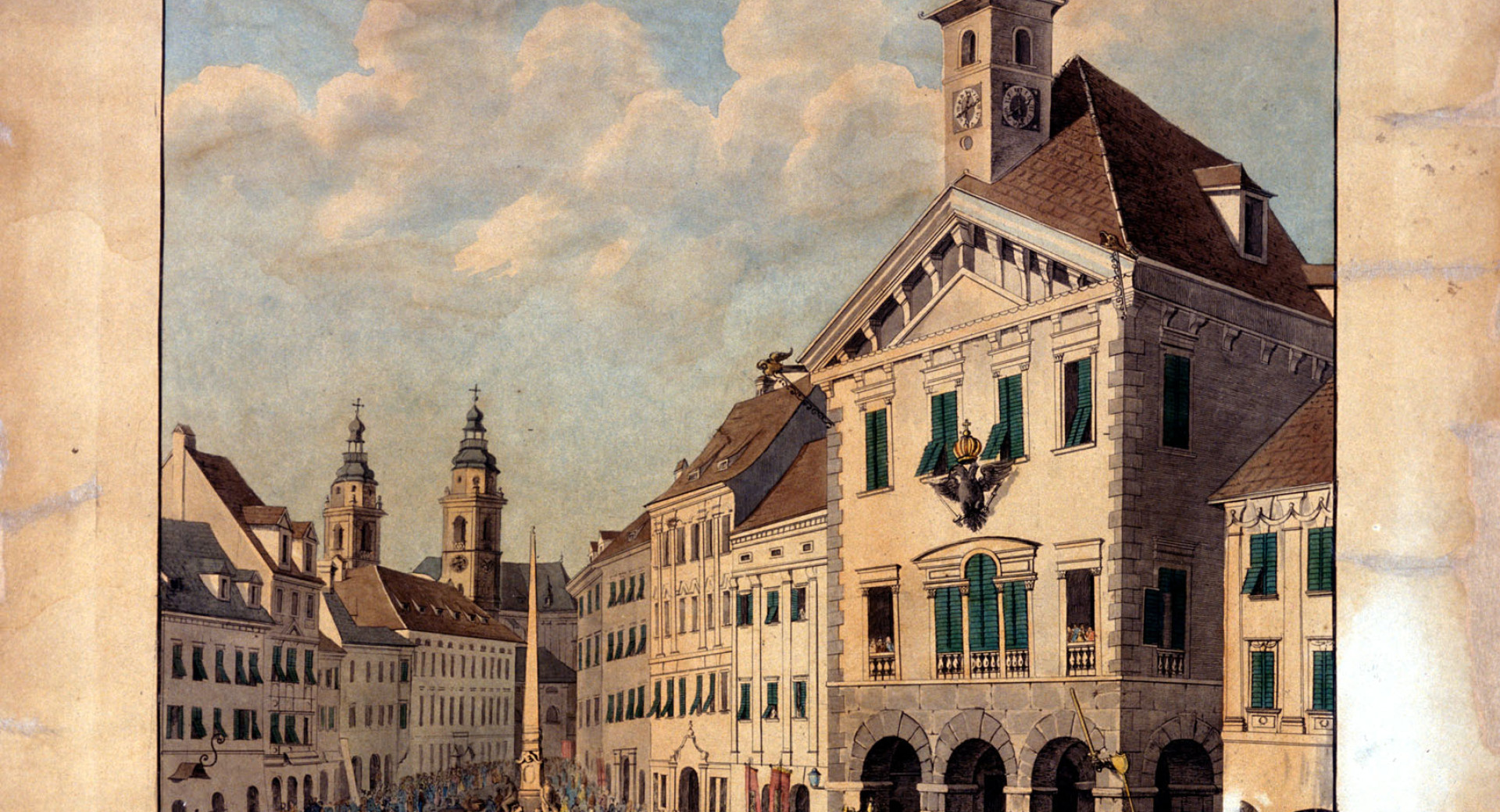
Easter procession in the Town Square in front of the Ljubljana City Hall in 1821. City Museum of Ljubljana / MGML; photo by Marko Zaplatil
Every day, there were military parades, performances by the Philharmonic Society, dances, masquerades, fireworks, theater, and opera performances both domestic and foreign, boat rides on the Ljubljanica River, hunting trips, and masses. The Ljubljana Congress is commemorated today by Congress Square with its pavilion, the Street of Two Emperors, and the restaurant "Pri ruskem carju" (At the Russian Tsar's).
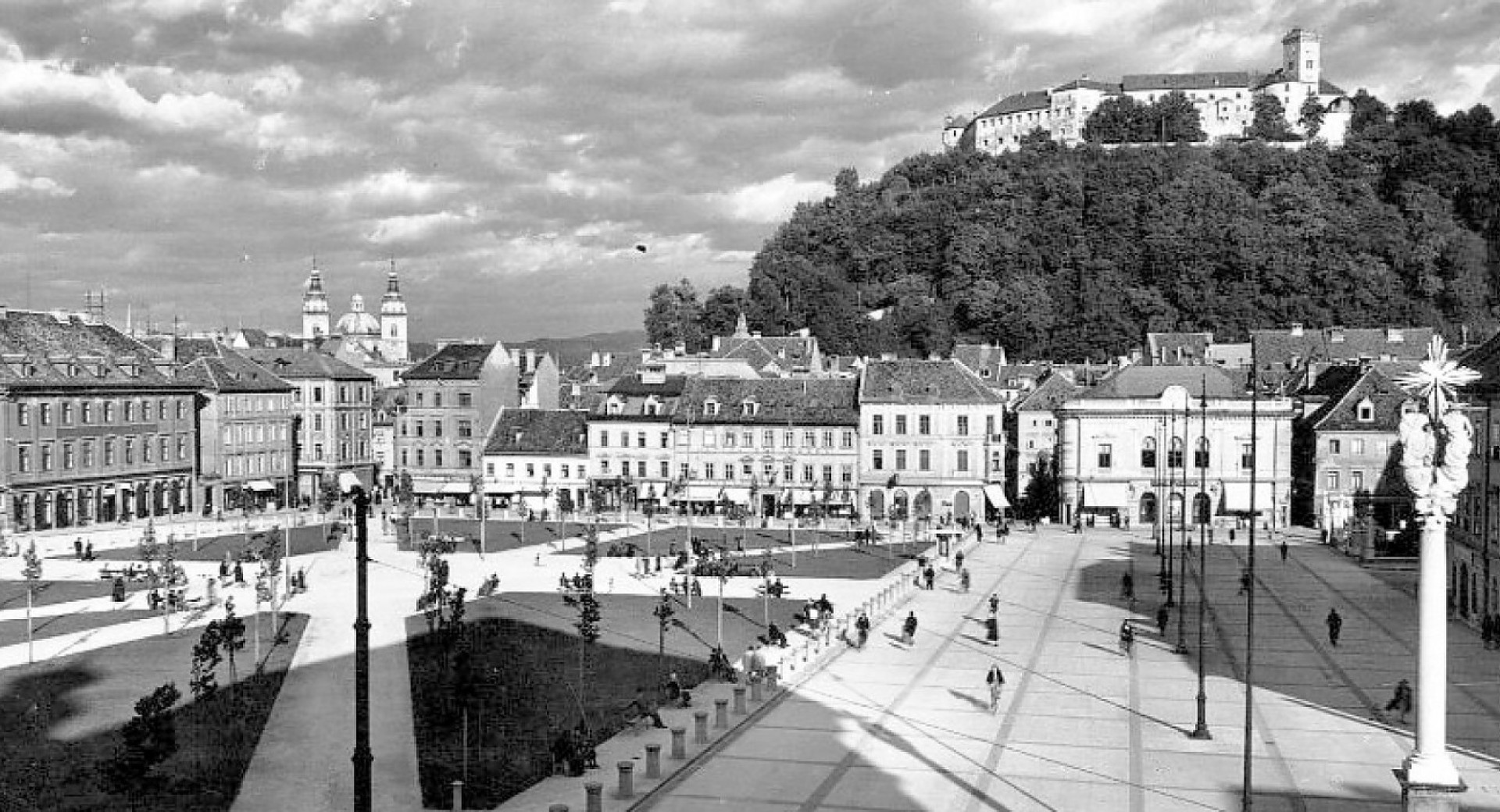
Congress Square in the 1950s.
Congress Square today.
